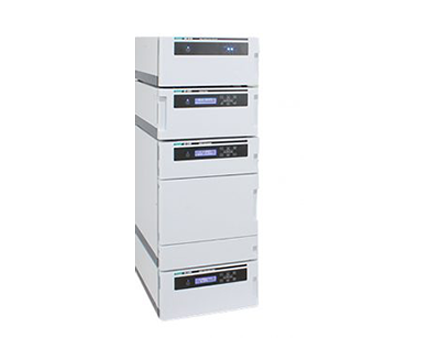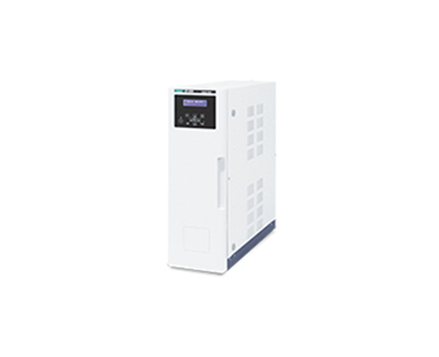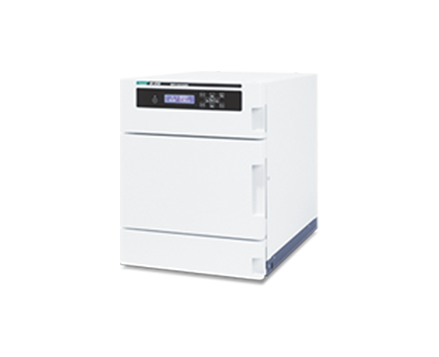Analysis of p-Hydroxybenzoate Esters by HPLC-ELSD
August 19, 2022
Introduction
An evaporative light scattering detector (ELSD) is a universal detector for HPLC by employing the detection principle of light scattering. Effluent from a column is sprayed with N2 gas and then is heated for evaporative removal of volatile mobile phase and then the light is irradiated on to the residual non-volatile components to measure the light scattering.
In the detection portion, LED is used as a light source for irradiating on to the non-volatile components and scattered light is transformed into an electric signal by photomultiplier to measure its intensity. Sugar and fat, which had been usually measured using a refractive index detector or short wavelength range of a UV detector, can be measured with higher sensitivity and a more stable baseline using ELSD.
In this report, p-Hydroxybenzoic acid and p-Hydroxybenzoate esters (paraben), which are used as an antiseptic for food, pharmaceutical products and cosmetics, were measured and analyzed using ELSD as the detector.
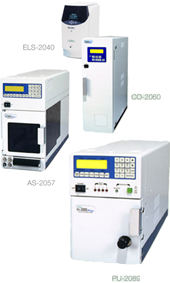
Experimental
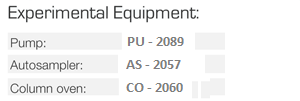
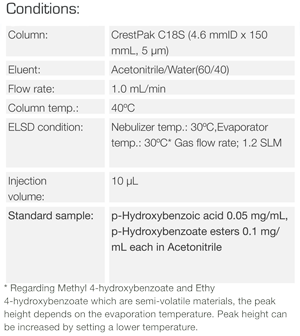
Results
Figure 1 shows the chromatogram of p-Hydroxybenzoic acid and ρ-Hydroxybenzoate esters.
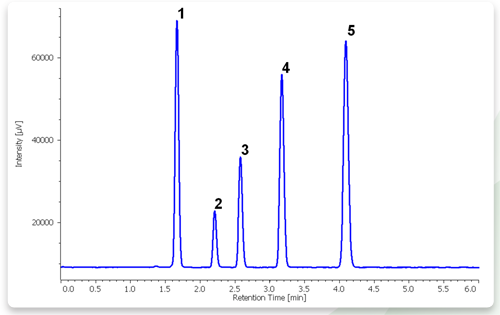
1: p-Hydroxybenzoic acid, 2: Methyl 4-hydroxybenzoate, 3: Ethyl 4-hydroxybenzoate 4: Propyl 4-hydroxybenzoate, 5:Buthyl 4-hydroxybenzoate
Featured Products:

Analysis of p-Hydroxybenzoate Esters by HPLC-ELSD
Introduction
An evaporative light scattering detector (ELSD) is a universal detector for HPLC by employing the detection principle of light scattering. Effluent from a column is sprayed with N2 gas and then is heated for evaporative removal of volatile mobile phase and then the light is irradiated on to the residual non-volatile components to measure the light scattering.
In the detection portion, LED is used as a light source for irradiating on to the non-volatile components and scattered light is transformed into an electric signal by photomultiplier to measure its intensity. Sugar and fat, which had been usually measured using a refractive index detector or short wavelength range of a UV detector, can be measured with higher sensitivity and a more stable baseline using ELSD.
In this report, p-Hydroxybenzoic acid and p-Hydroxybenzoate esters (paraben), which are used as an antiseptic for food, pharmaceutical products and cosmetics, were measured and analyzed using ELSD as the detector.

Experimental


Results
Figure 1 shows the chromatogram of p-Hydroxybenzoic acid and ρ-Hydroxybenzoate esters.

1: p-Hydroxybenzoic acid, 2: Methyl 4-hydroxybenzoate, 3: Ethyl 4-hydroxybenzoate 4: Propyl 4-hydroxybenzoate, 5:Buthyl 4-hydroxybenzoate

 Download This Application
Download This Application